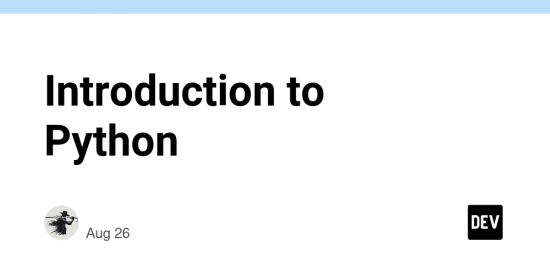Python
Python is a high-level programming language that has gained popularity due to its simple and easy-to-learn syntax, as well as its powerful capabilities. It is widely used in various fields such as data analysis, artificial intelligence, and web development.
Advantages of Python
- Easy to Learn: Python’s syntax is clear and concise, making it highly readable and suitable for beginners.
- Powerful Library Support: Python has a rich ecosystem of third-party libraries, such as NumPy, Pandas, and Matplotlib, which make data processing and analysis more efficient.
- Cross-Platform: Python can run on multiple operating systems, including Windows, macOS, and Linux.
Basic Syntax
Variables
In Python, variables do not require type declaration; you can simply assign values to them.
x = 5
y = "Hello, World!"
Data Types
Python supports various data types, including integers, floating-point numbers, strings, and boolean values.
integer_var = 10 # Integer
float_var = 10.5 # Float
string_var = "Python" # String
boolean_var = True # Boolean
Control Structures
Python uses indentation to define code blocks, and control structures include conditional statements and loops.
Conditional Statements
if x > 0:
print("x is positive")
else:
print("x is non-positive")
Loops
for i in range(5):
print(i) # Output: 01234
Functions
Functions are the basic building blocks of Python and can be defined using the def keyword.
def greet(name):
return f"Hello, {name}!"
print(greet("Alice")) # Output: Hello, Alice!






